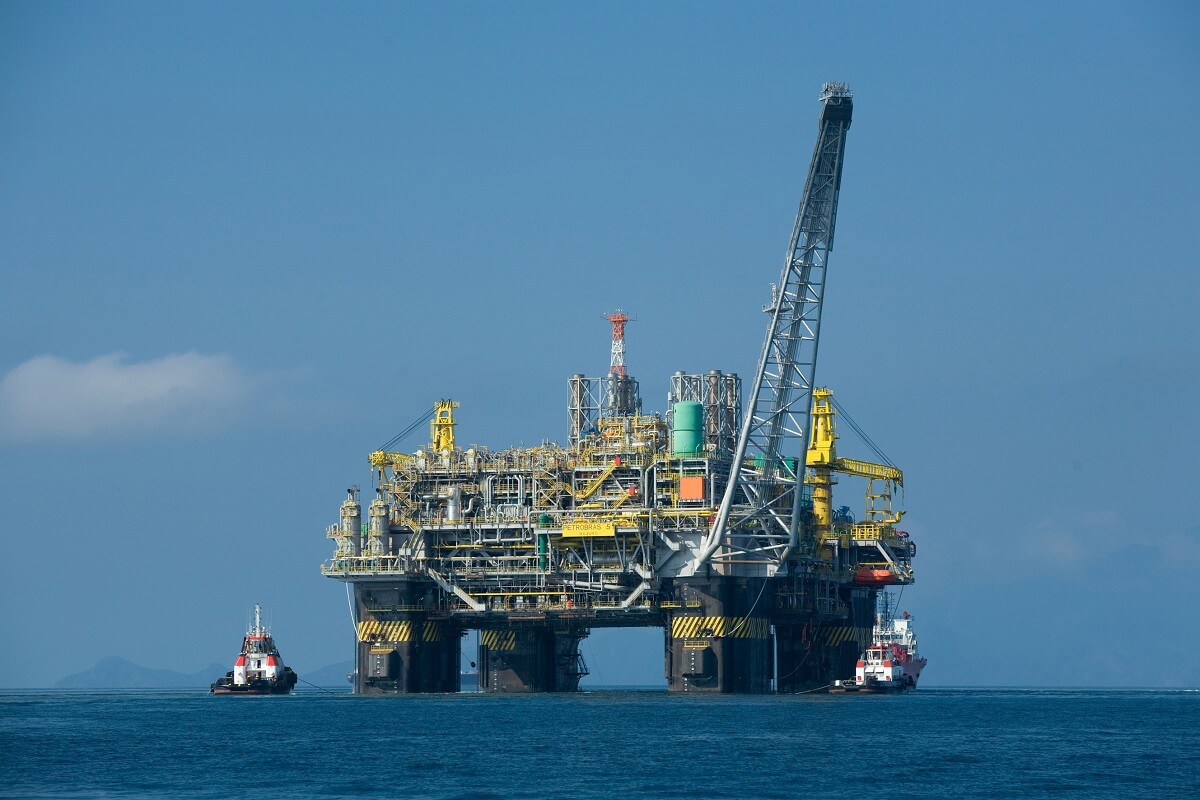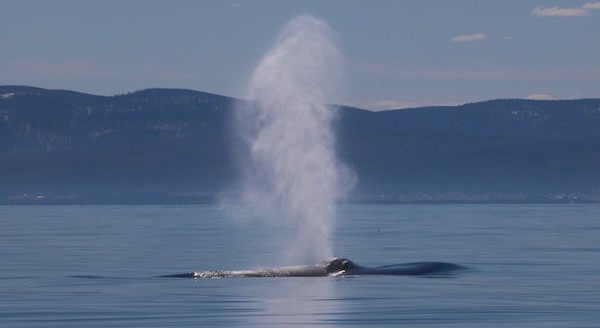While three oil drilling projects off the coast of Newfoundland are being fast-tracked by the Canadian government, one faithful reader asks us about the potential impacts of this activity on marine mammals. Should we be concerned about the impact this drilling might have on whales? What are the real risks?
Area frequented by endangered species
It turns out that the three exploration projects currently being evaluated by BHP Canada (20 wells), Equinor (12 wells) and Chevron (8 wells) are located a few hundred kilometres east of Newfoundland, in a region that hosts numerous species of fish, sea birds and marine mammals. These include the blue whale and the North Atlantic right whale, two species classified as “endangered” in Canada. These species frequent these waters mainly in the summer to feed, which would coincide with the periods of exploratory drilling.
It is clear that the activities of the offshore oil industry pose risks to marine mammals. Generally speaking, the installation of a drilling platform causes long-term effects on the surrounding marine area such as habitat fragmentation, chemical pollution, water quality degradation or even an increase in maritime traffic and the risk of collisions. But in the short term, scientists are especially concerned about the impact of underwater noise and the risk of oil spills.
The upstream issue of noise
“When prospecting, acoustic devices are used to characterize the seabed. The noise produced during this phase is considerable. It interferes with the communication and foraging activities of a number of animal species, including marine mammals […],” explains GREMM scientific director Robert Michaud during an interview on Radio-Canada in April 2018 regarding the risks of oil exploration on whales.
The compressed air guns used during the prospecting phases – sometimes at a detonation rate of every 12 seconds over the course of months-long campaigns – use very low frequency sounds, which can interfere with the sounds emitted by blue whales in particular. While the sound of the detonations can disorient whales or interrupt their feeding activities, it can also force them to leave the area, thereby altering their migratory route or schedule. However, by depriving themselves of an area rich in food, whales risk not being able to build up the reserves they need to ensure their reproductive success or their survival.
It is also believed that these detonations may temporarily or permanently damage the sense of hearing in odontocete cetaceans such as beaked whales.
Incidents with disastrous consequences
The other threat that is particularly worrisome for marine mammal experts is the risk of an accidental oil spill. Despite all the precautions taken, accidental releases are not uncommon. Significant incidents have already taken place off Newfoundland in 2018 and in 2019.
However, according to information reported by Le Devoir, the equipment necessary to contain a potential leak at an offshore drilling platform “is not available in Canada. It would therefore have to be transported by ship from Norway.” It could take about 30 days for such equipment to arrive.
But what is the impact of an oil spill on marine mammals? There is currently a lack of data to adequately assess the consequences of such an occurrence. And these repercussions depend on a multitude of factors such as the extent of the spill, its location, the toxicity of the oil and chemical components spilled, etc. But much can be learned by looking to past spills.
The 2010 accident at the DeepWater Horizon platform in the Gulf of Mexico killed off a quarter of the Bryde’s whale population in the region. And, over the next five years, approximately 75% of pregnant female dolphins failed to give birth to viable offspring. In Alaska, killer whale populations that suffered from the Exxon Valdez spill in 1989 showed very high mortality rates for the next 18 months. Sixteen years later, these populations had still not fully recovered from the incident. Thus exposure to an oil spill can not only cause significant short-term mortality, but also long-term effects on whale populations.








